Made a new year’s resolution to finally learn how to use Adobe After Effects in 2018?
To help you get started with Adobe After Effects, I have re-organised some of my best tutorials to create a complete beginner course on Udemy. Check it out by clicking on the course title or thumbnail below!
Adobe After Effects For Beginners – VFX & Motion Graphics
To say THANK YOU for all your support
Use coupon code SURFACED20 to get 20% OFF!
Expires 31-01-2018
If you don’t know what Udemy is, it’s an online training portal where you can purchase on-demand online training courses. Once purchased, the courses are yours to keep – forever :)
Adobe After Effects is an industry leading video compositing software tool. It provides powerful features to composite (layer) different visual elements on top of each other. This allows you to easily add exciting visual effects to your film projects or create cool motion graphics and animations.
What Will I Learn?

This course is meant for Absolute Beginners of Adobe After Effects. I will not assume that you have used the program before and we will go through all of the basics, step by step. All of the exercise files are provided as part of the course material. By the end, you will be able to use Adobe After Effects to create your own visual effects and motion graphics.
I have structured the course logically from the very basics to more advanced topics. Here are all of the things that are covered in my Adobe After Effects Beginner course.
The Basics of Adobe After Effects

In the very first lesson you will learn the absolute basics of Adobe After Effects.
We will first look at the visual effects workflow and the concepts of video compositing. Then, we will explore the interface for Adobe After Effects and learn how to import videos, images or audio files into our project.
Next, we will look at compositions, the containers to hold your motion graphics and visual effects. We will explore how to work with layers and adjust their settings.
Finally, we will use everything we’ve learnt to create and export a simple visual effects using Adobe After Effects.
Compositions & Pre-Composing
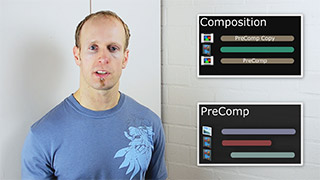
In this lesson we will have a deeper look at compositions in Adobe After Effects.
First, we will look at the different ways you can create new compositions and how to adjust their settings to suit your needs. Then you will learn about the different ways to use compositions: how you can use them to group layers together and how you can use them to create reusable visual elements that you can utilise throughout your project.
Introduction to Masking

In this lesson we will explore masking in Adobe After Effects. Masking is a fundamental tool for video compositing and creating visual effects.
First, you will learn how to create masks and adjust their properties. We will then explore how to use multiple masks and how to combine them to manage more complex scenes.
Finally, the lesson will cover how to animate your mask paths to follow moving objects in your footage.
Adjustment Layers
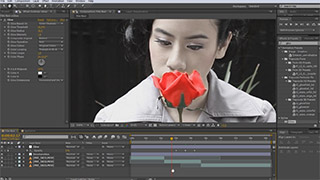
In this lesson we will explore how to use Adjustment Layers in Adobe After Effects. Adjustment Layers allow you to apply the same effects to all layers that sit beneath them.
First, we will go over the theory of adjustment layers and their benefits for using them in your compositions. We will then dive into creating and using adjustment layers for a simple visual effect.
Finally, you will learn how you can use masks to control where the adjustment layer is applied.
Track Mattes
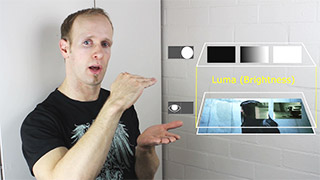
In this lesson we will look at how you can use track mattes in Adobe After Effects. Track mattes allow you to define the opacity of one layer with another layer and open up endless possibilities to create interesting effects.
First we will cover the concepts of track mattes and how they work. You will then learn how to set up your layers as track mattes and how to use the different track matte types.
Finally, we will look at some advanced uses for track mattes including animation.
Parenting

This lesson explains how parenting works in Adobe After Effects. Parenting allows you to connect layer together in terms of their position, scale and rotation. Transforming the parent will automatically affect all of its children.
You will learn how to use parenting to set up complex hierarchical animations with ease. We will also look at how you can combine parenting and 3D layers to create some interesting effects.
Null Objects
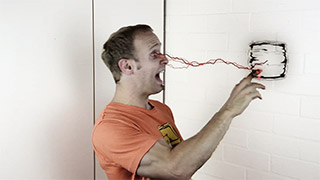
In this lesson we will look at all the different use cases for Null Objects in Adobe After Effects. Null Objects are extremely useful by providing placeholder objects to control other layers in your composition.
We will look at how to combine them with parenting to control the animation of your layers. We will also explore how you can use them as control layers to manage effect parameters for other elements in your composition.
Working with 3D Layers

In the last lesson we will look at how to work with 3D in Adobe After Effects. You can create 3D layers, lights and cameras in Adobe After Effects and work in a true 3D space to create some amazing effects.
This lesson will show you how to turn your layers into 3D and how to set up a camera to view your scene. You will learn about how to create and configure lights and position all of your elements in the 3D space.
Finally, we will look at creating some simple animations in our 3D scene to add a bit more life to the effect.
I hope you will find this Adobe After Effects course useful and easy to follow along.
As always, please leave me some feedback, comments or suggestions and I will do my best to improve the content of this Udemy course!




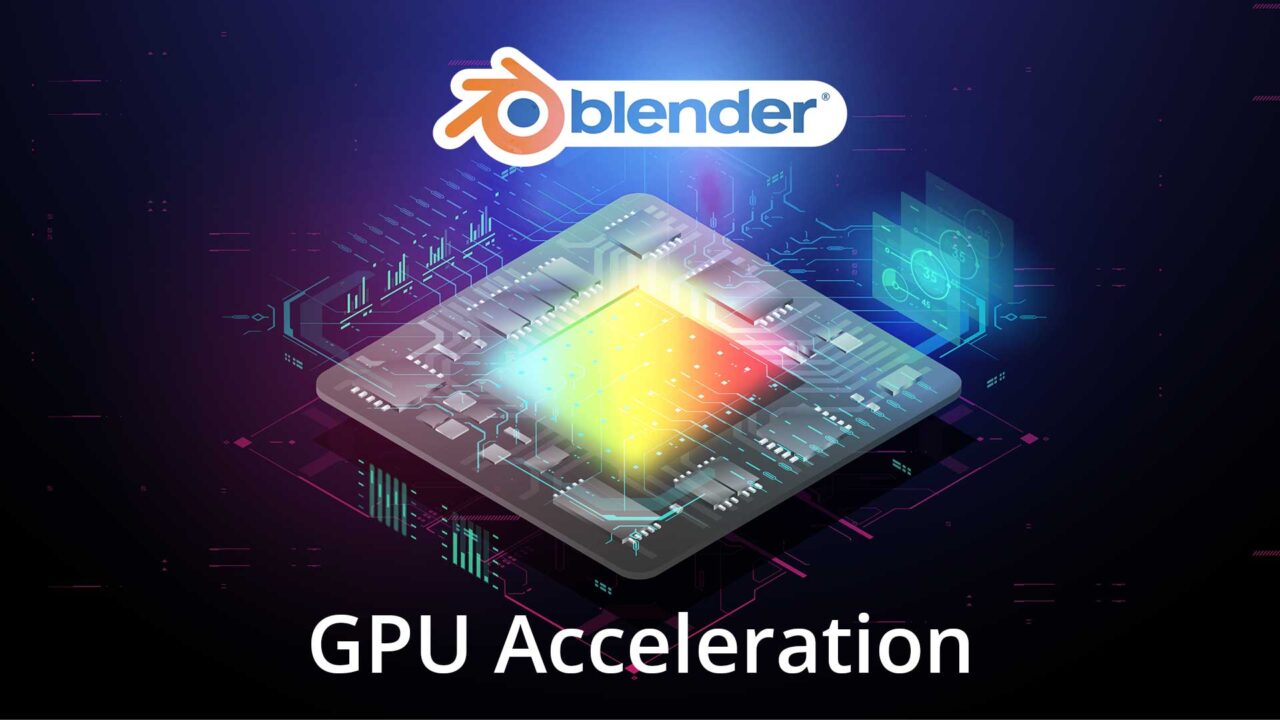
4 Responses
If it is useful for me
?
I want to learn fully
I got tons of tutorials on my YouTube channel to learn all about Adobe After Effects :) Check them out at https://www.youtube.com/surfacedstudio
I want learn
Seems like you’ve come to the right place :)
Happy for Learning something, Adobe is an excellent video editing tool. The Basics, composition, masking, layers adjustment etc are really basic things to start the course and thanks for the good brief on every topic. Being a beginner i’ll follow your steps.
Great to hear you are finding my tutorials useful :) Good luck and have fun!
Thanks so much! This was exactly what I was looking for to get started with After Effects! So grateful for your energy, communication, skills, and intelligence (-:
Thank you for the awesome comment! Great to hear you enjoyed the tutorial :)